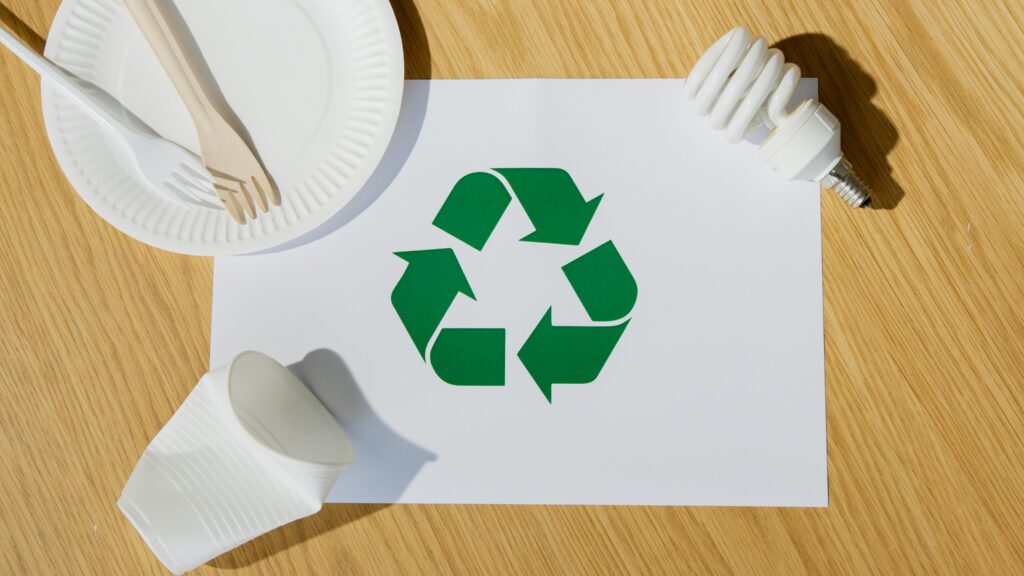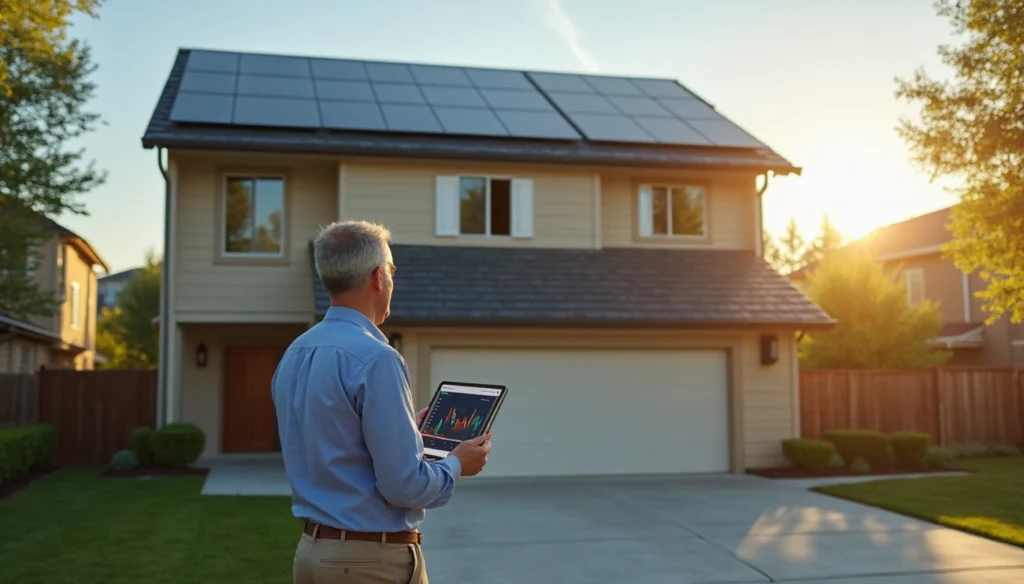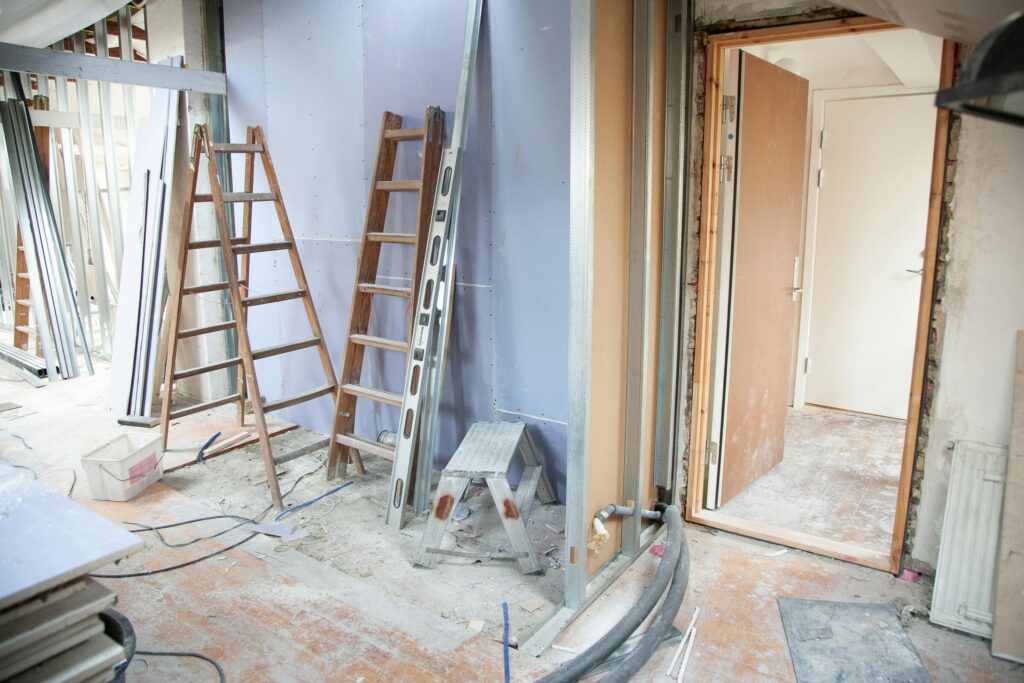Understanding Government Rebates for Energy-Efficient Home Upgrades
In today’s environmentally conscious era, governments across the globe are incentivizing homeowners to adopt energy-efficient technologies through a variety of rebate programs. These government rebates serve as financial incentives to encourage individuals to make their homes more energy-efficient. By reducing the economic burden associated with upgrading home systems, these rebates make it easier for homeowners to invest in sustainable practices.
Government rebates are typically offered at federal, state, or local levels and can cover a wide range of energy-efficient installations, from solar panels to high-efficiency appliances. The primary aim is to reduce overall energy consumption, thereby decreasing the environmental impact of residential areas. Understanding these programs is crucial for homeowners looking to save money while contributing to a greener planet.
Navigating the landscape of government rebates can be complex, as each program may have its specific requirements and benefits. Homeowners must be diligent in researching available options to determine which rebates they qualify for and how they can best utilize them to offset costs. This article will guide you through the various aspects of qualifying for and applying for these valuable incentives.
Benefits of Energy-Efficient Upgrades for Your Home
Opting for energy-efficient upgrades not only aligns with environmental conservation efforts but also offers tangible benefits for homeowners. One of the most immediate advantages is the potential for significant cost savings on utility bills. Energy-efficient systems use less power, which translates to lower monthly expenses, allowing homeowners to recoup their initial investments over time.
Additionally, energy-efficient upgrades can enhance the overall comfort and value of a home. Improved insulation, for example, maintains a consistent indoor temperature, reducing the need for constant heating or cooling. This creates a more comfortable living environment while simultaneously prolonging the lifespan of HVAC systems due to reduced strain. Moreover, energy-efficient homes are often more attractive to potential buyers, increasing property value and marketability.
Environmental benefits are another compelling reason to consider these upgrades. By reducing energy consumption, homeowners contribute to decreased greenhouse gas emissions, thus playing a part in combating climate change. As more individuals make the shift toward energy efficiency, the cumulative effect can lead to a substantial positive impact on the environment.
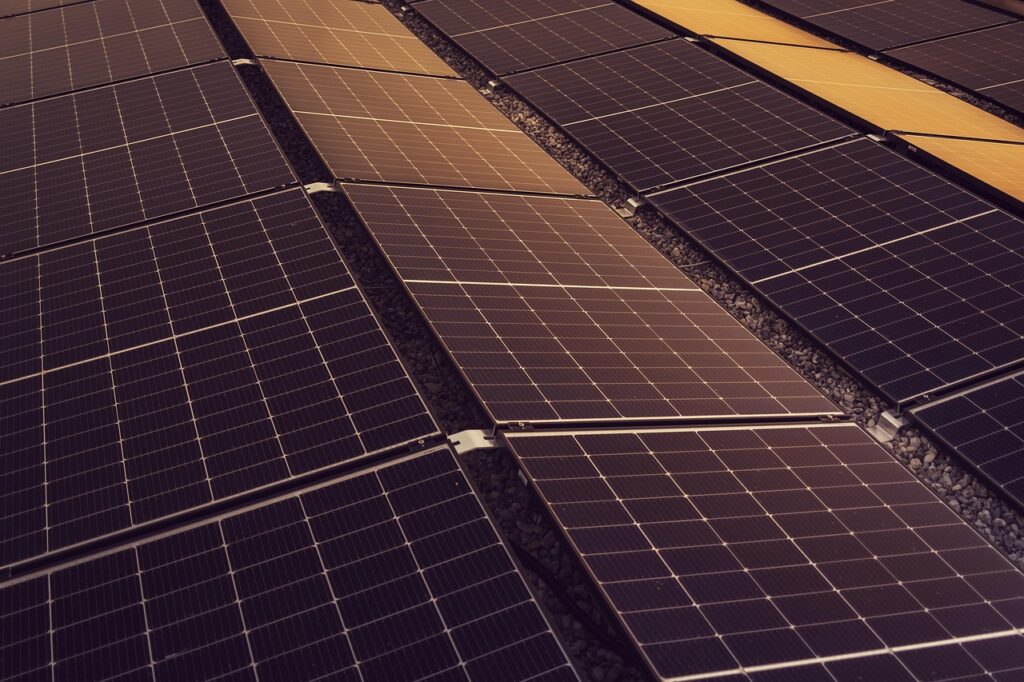
Key Government Programs Offering Rebates
Various government programs are designed to provide financial assistance for energy-efficient home improvements. In the United States, the federal government, through agencies like the U.S. Department of Energy, offers tax credits and rebates for a variety of energy-efficient upgrades. These programs can cover everything from solar panels to geothermal heating systems.
At the state level, rebate offerings can vary significantly. Many states have specific energy offices or departments that administer these programs, tailoring them to meet local energy goals. States like California and New York, for example, have robust rebate programs that are often more generous than federal options, reflecting their commitment to sustainability.
Local governments and utility companies also frequently offer additional incentives. These can include rebates, low-interest loans, or free energy audits. Homeowners should explore all levels of government and utility company offerings to maximize their savings. Combining federal, state, and local programs can substantially reduce the out-of-pocket costs of energy-efficient upgrades.
Common Types of Energy-Efficient Home Upgrades
There is a multitude of energy-efficient upgrades that homeowners can consider to both improve their living environments and qualify for government rebates. One of the most popular options is the installation of solar panels. By harnessing renewable energy from the sun, homeowners can significantly cut electricity costs and sometimes even sell excess energy back to the grid.
Upgrading to high-efficiency appliances, such as refrigerators, washing machines, and HVAC systems, is another effective way to reduce energy consumption. These appliances often carry Energy Star ratings, which indicate compliance with specific energy efficiency standards. Other common upgrades include improving home insulation, installing energy-efficient windows, and upgrading to LED lighting.
Smart home technologies also offer energy-saving benefits. Programmable thermostats, for instance, allow homeowners to optimize heating and cooling schedules, reducing unnecessary energy use. By implementing these types of upgrades, homeowners not only reduce their carbon footprints but also increase the overall efficiency and sustainability of their homes.
Eligibility Criteria for Government Rebates
To qualify for government rebates, homeowners must meet specific eligibility criteria, which can differ depending on the program. Generally, eligibility is based on factors such as the type of upgrade, the location of the property, and the homeowner’s income level. Some programs may require the installation to be performed by certified professionals to ensure quality and compliance with energy standards.
Homeowners must also ensure that the upgrades meet specific efficiency standards set by the government. For example, appliances may need to carry an Energy Star label, or solar panels may need to meet certain performance criteria. Documentation proving compliance with these standards is often required as part of the rebate application process.
It is crucial for homeowners to research and understand the specific eligibility requirements of each rebate program they are interested in. This ensures they can plan their upgrades accordingly and gather the necessary documentation in advance to facilitate a smooth application process.
How to Apply for Government Rebates
Applying for government rebates involves a series of steps that require careful attention to detail. The first step is to identify the rebate programs for which your home upgrades qualify. This may involve researching federal, state, and local programs, as well as any offerings from utility companies. Once identified, homeowners should review the application guidelines for each program.
Most rebate applications require documentation of the energy-efficient upgrades, such as receipts, proof of purchase, and installation certifications. It is important to keep detailed records of all transactions related to the upgrades. Some programs may also require an energy audit to assess the improvements made to the home.
After gathering all necessary documentation, homeowners can submit their applications. This may be done online or through mail, depending on the program’s requirements. It is advisable to follow up with the program administrators to confirm receipt and processing of the application. Timely submission and thorough documentation increase the likelihood of a successful rebate claim.
Tips for Maximizing Your Rebate Potential
To maximize rebate potential, homeowners should consider a few strategic approaches. First, it is beneficial to combine multiple upgrades into a single project. This approach not only enhances overall energy efficiency but may also make homeowners eligible for bundled rebate offers, which provide greater financial benefits.
Planning upgrades during periods when rebate programs offer increased incentives can also be advantageous. Some programs have limited funds and operate on a first-come, first-served basis, so staying informed about program openings and deadlines is crucial. Signing up for newsletters or alerts from energy offices can help homeowners stay updated.
Lastly, consulting with energy professionals can be a smart move. These experts can provide valuable insights into which upgrades offer the best return on investment and how to align them with available rebates. By taking a strategic approach, homeowners can maximize their rebate potential and achieve optimal energy efficiency improvements.
Case Studies: Successful Energy-Efficient Home Upgrades
Examining successful case studies of energy-efficient home upgrades can provide valuable insights and inspiration for homeowners considering similar projects. One notable case involved a homeowner in California who installed solar panels and upgraded to an energy-efficient HVAC system. By leveraging both federal and state rebates, the homeowner significantly reduced the upfront costs and achieved energy savings of over 30%.
In another instance, a family in New York undertook a comprehensive energy efficiency overhaul, including insulation improvements, window replacements, and the installation of Energy Star-certified appliances. By participating in local utility rebate programs, they were able to offset a substantial portion of their investment, leading to a 25% reduction in their annual energy bills.
These case studies illustrate the potential benefits of energy-efficient upgrades when paired with government rebates. They highlight the importance of thorough research, strategic planning, and the effective use of available programs to achieve both financial savings and environmental impact reduction.
Conclusion: Taking the Next Steps Towards an Energy-Efficient Home
Embarking on the journey to an energy-efficient home is both financially rewarding and environmentally responsible. By understanding and utilizing government rebates, homeowners can significantly reduce the costs associated with energy-efficient upgrades. The key lies in thorough research, strategic planning, and the effective use of available programs.
As you consider your next steps, begin by evaluating your home’s current energy usage and identifying potential areas for improvement. Consult with energy experts if necessary and explore the various rebate programs available to you. Remember, the transition to an energy-efficient home is a step towards sustainability, cost savings, and a healthier planet.
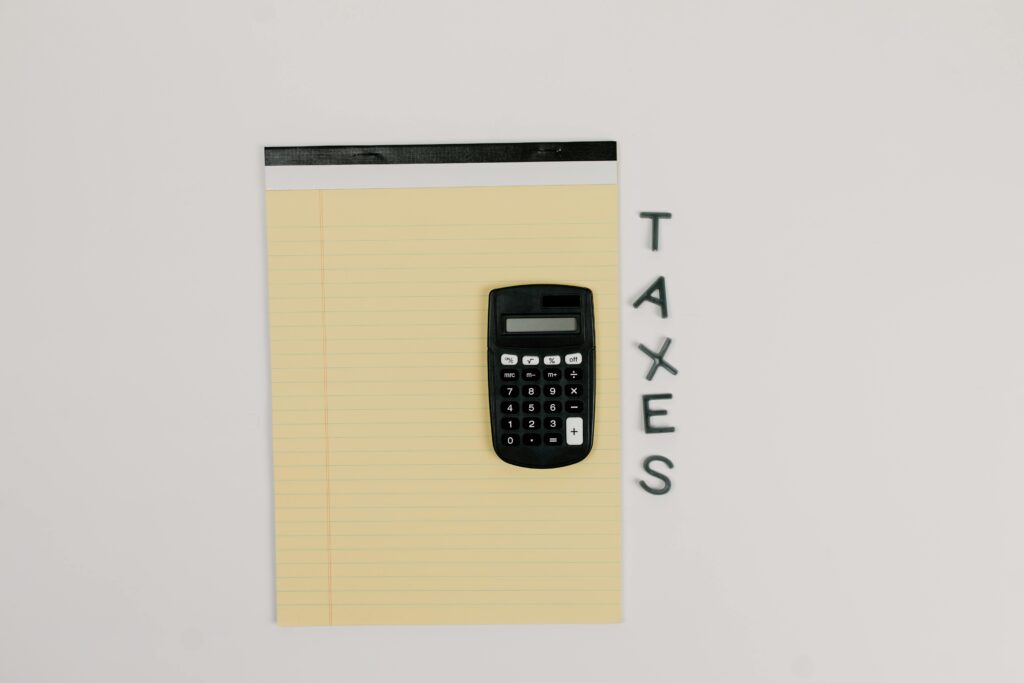
Frequently Asked Questions about Government Rebates
1. What types of upgrades qualify for government rebates?
Many upgrades qualify, including solar panels, energy-efficient appliances, improved insulation, and energy-efficient windows. Programs vary, so it’s essential to check specific eligibility criteria.
2. Can rebates be combined with other incentives?
Yes, homeowners can often combine federal, state, and local rebates, as well as utility company incentives, to maximize savings. It’s crucial to understand each program’s rules regarding stacking incentives.
3. How long does it take to receive a rebate?
The timeline for receiving a rebate can vary depending on the program. Some rebates are processed within a few weeks, while others may take several months. Homeowners should contact the program administrators for specific timelines.

